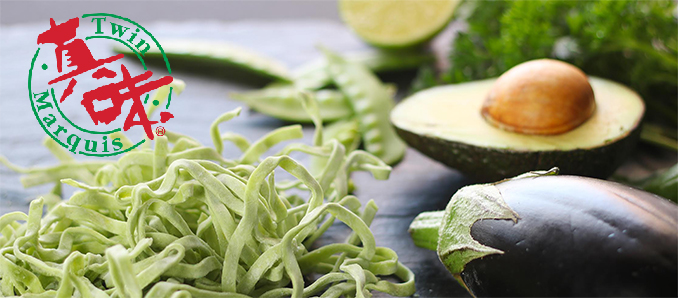When people think about AI, restaurants are not top of mind. However, smart technology is sparking a renaissance in the restaurant sector. AI and automation are spearheading a transformation that enhances efficiency, streamlines operations, and elevates customer experiences. From inventory management to customer-facing services, technology gives operators limitless opportunities to revolutionize their business.
Managing Inventory
Inflation and rising prices are chipping away at restaurant profits; nine in ten operators say food costs are a significant issue for their businesses. Meanwhile, the industry loses $25 billion to wasted food every year. AI provides data-driven insights to manage food inventory effectively, minimize waste, and maximize profitability.
AI-powered restaurant technology analyzes historical information, customer trends, and market fluctuations to forecast demand, allowing restaurants to anticipate shifts and optimize ingredient inventory. By leveraging continuous market monitoring, restaurants can implement dynamic menu pricing to capitalize on demand and ingredient costs. These prices are informed by accurate and up-to-date information rather than hunches and gut feelings, enabling restaurants to capture value.
Inventory management systems with AI capabilities track expiry dates, stock levels, and upcoming promotions to optimize ingredient economy. The solution can also automate food ordering to avoid stockout and overstock situations. Adopting this technology yields immediate results, with restaurants saving about $8 for every dollar invested in food waste reduction.
AI also helps restaurants deal with supply chain issues by enabling real-time shipment tracking. With advanced warning of delays, staff can adapt menus, adjust orders, or take other proactive steps to reduce the business impact.
Improving Operational Efficiency
Automation can reduce operational costs by 5-9% and boost efficiency by 30%. Self-ordering kiosks and robotic food runners can automate customer transactions and food delivery, allowing employees to spend time on higher-value work like customer service and food preparation.
Operators can use AI to streamline back-of-house administrative tasks, such as accounting and scheduling. Automated accounting tools pull data from point-of-sale systems, inventory logs, and other sources to generate financial reports, track profits, and identify inefficiencies. Algorithms analyze past sales data, weather, local events, and other signals to forecast busy periods and generate ideal staff schedules tailored to expected traffic.
Elevating Customer Service
Technology directly benefits customers. Automation can increase fast-food service speed by 50% or more. About 70% of consumers believe that technology enhances their dining experience. When AI automates tedious tasks, restaurant staff can spend more time attending to customers’ needs, enriching the “human touch” that defines exceptional service in the hospitality industry.
For decades, restaurants have relied on stagnant, one-size-fits-all marketing and loyalty programs. But more than half of customers now anticipate personalized offers. AI gives restaurants a prime opportunity to deliver on that expectation.
Operators can also employ AI and machine learning (ML) to uncover individual preferences and tailor recommendations and promotions to those diners. For example, a restaurant could offer customers a special deal on their favorite meal or suggest additional items to purchase. The customization makes each guest feel seen and valued, building long-term loyalty.
As restaurant competition increases, customer experience will be a key competitive differentiator. Leveraging AI helps restaurants cater to their guests’ individual needs, elevating their satisfaction.
The Future of AI in Restaurants
The restaurant industry is just scratching the surface of technology’s potential. Incorporating AI into the tech stack addresses longstanding challenges, like ingredient ordering and menu pricing, and opens new possibilities. As this tool becomes indispensable in the years to come, savvy operators will leverage it not only for survival but to pioneer new standards of convenience, experience, and profitability.
###
About the Author
Raju Malhotra is Chief Product and Technology Officer at PAR. In his role, he is responsible for the unified product and technology strategy and operations. He leads Engineering, DevOps, Product Management, and User Experience. Raju joined PAR through the acquisition of PAR Punchh, an omnichannel loyalty and engagement startup based in San Mateo, CA. Before assuming his current role, he held various executive positions, including Senior Vice President and General Manager for Marketing Cloud at Salesforce, Chief Product and Technology Officer at Khoros, and leadership roles in Microsoft’s enterprise technology businesses. Raju holds a bachelor’s degree in computer engineering from the National Institute of Technology, Kurukshetra (India), and an MBA from the Wharton School of Business at the University of Pennsylvania.







